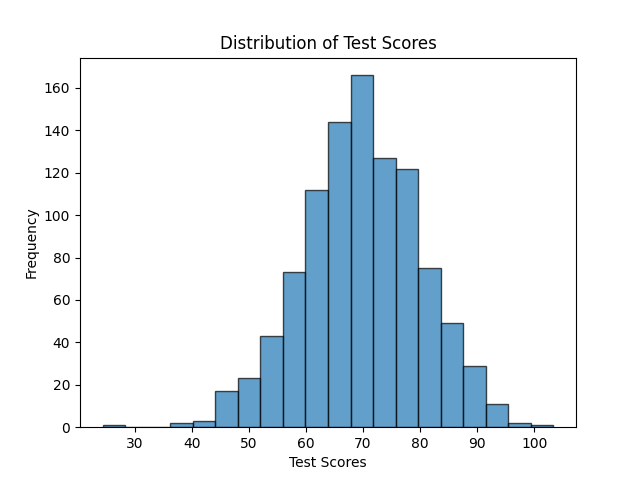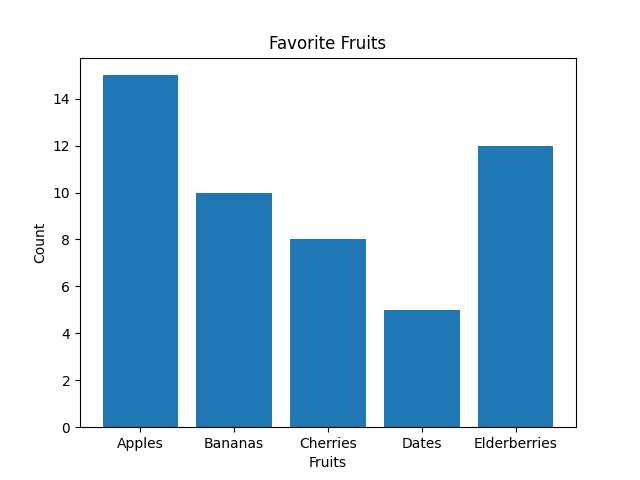A sweater that normally sells for $87 is marked 25% off. Which of the following estimates the sale price of the sweater?
A. $51
B. $36
C. $22
D. $65
: we are to find the selling price of the sweater after subtracting the mark off price.
Mark off value=mark off rate*original price
Mark of value=25%*$87
We convert 25% into a fraction, which become 25/100=0.25. Then
Mark of value=0.25*$87=$21.75
The selling price of the sweater will be the original price less the mark off value. Then,

Thus, the approximate selling price of the sweater is $65.
Therefore, the Correct Answer is D.





